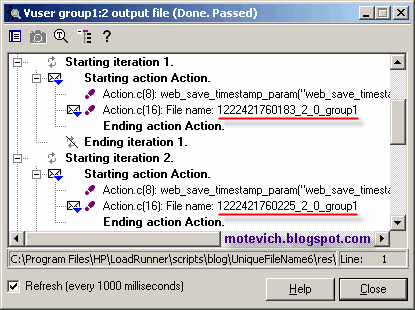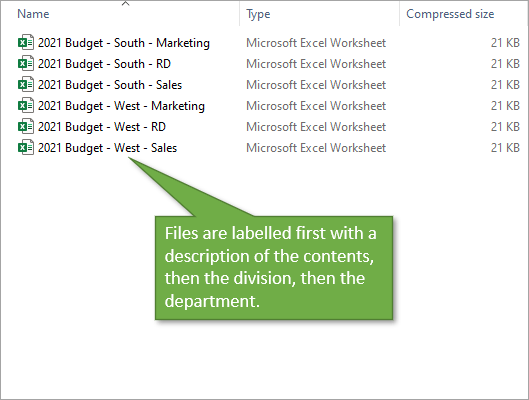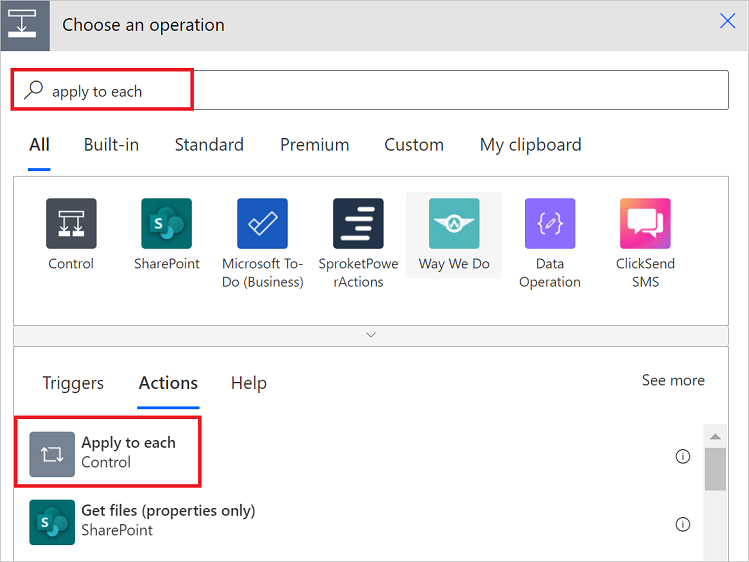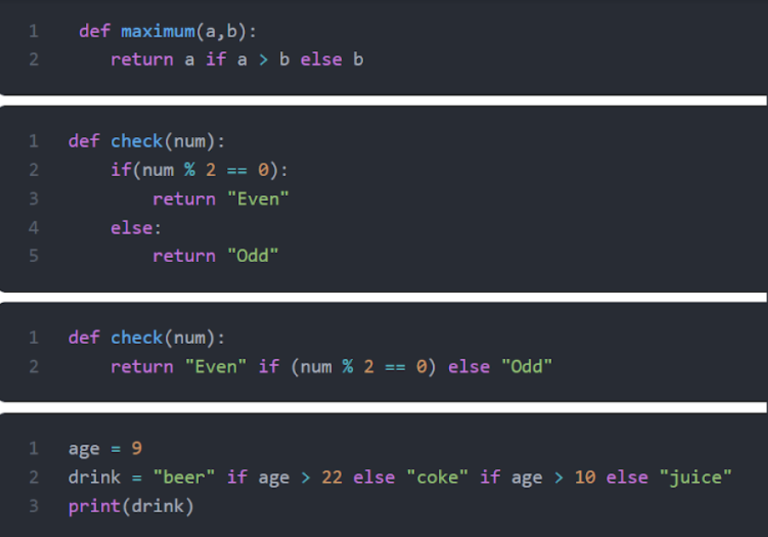Automate File Naming: C's Timestamp Trick

In the world of software development and automation, finding efficient ways to manage files and data is crucial. One common challenge is ensuring unique and meaningful file names, especially when dealing with a large volume of files. This is where clever programming tricks come into play, offering creative solutions to streamline workflows.
The Power of Timestamps: An Elegant File Naming Solution

Imagine a scenario where you are working on a project that generates numerous files throughout the development process. Keeping track of these files and ensuring their names are both informative and distinct can be a daunting task. This is where the timestamp trick using the programming language C comes into play, offering a simple yet effective solution.
By incorporating the current timestamp into the file name, you can automatically generate unique and chronological file names. This technique not only eliminates the need for manual renaming but also provides an organized structure to your file system. Let's delve deeper into how this clever trick works and explore its benefits and implementation.
Understanding the Timestamp Trick

The timestamp trick utilizes the C programming language's ability to work with dates and times. By leveraging the time.h header file and the strftime function, developers can easily extract and format the current date and time.
Here's a simplified example of how this trick can be implemented:
#include <stdio.h>
#include <time.h>
int main() {
time_t currentTime;
struct tm *localTime;
char formattedTime[20];
time(¤tTime);
localTime = localtime(¤tTime);
strftime(formattedTime, sizeof(formattedTime), "%Y%m%d%H%M%S", localTime);
printf("Current Timestamp: %s\n", formattedTime);
return 0;
}
In this code snippet, the time function retrieves the current time, and localtime converts it into a human-readable format. The strftime function then formats this time into a specific pattern, creating a unique timestamp.
By incorporating this timestamp into the file naming process, developers can ensure that each file generated has a distinct and chronological name. For instance, a file named project_report_20230715143025.txt indicates that it was created on July 15, 2023, at 14:30:25.
Benefits of the Timestamp Trick
Implementing the timestamp trick offers several advantages:
- Uniqueness: Each file generated will have a unique name, reducing the chances of naming conflicts.
- Chronological Order: Files are automatically sorted by their creation time, making it easier to track the sequence of events.
- Organized File System: With timestamp-based file names, your directory structure becomes more structured and intuitive.
- Efficient Search: Finding specific files becomes simpler, especially when combined with proper file naming conventions.
Real-World Applications
The timestamp trick finds numerous applications in various industries and scenarios:
Data Logging and Analysis
In fields like scientific research, finance, or healthcare, where data is continuously generated and analyzed, using timestamps in file names provides a clear timeline for data collection. This facilitates efficient data retrieval and enables researchers to trace the evolution of their datasets.
Version Control and Backups
For software developers and IT professionals, the timestamp trick is invaluable for version control. By automatically naming backup files with timestamps, it becomes effortless to identify and restore specific versions of code or configurations.
Media Management
In the media and entertainment industry, managing a vast library of videos, images, or audio files can be challenging. Timestamp-based file names provide a systematic approach to organizing and retrieving media assets, ensuring that the most recent files are easily accessible.
Best Practices and Considerations
While the timestamp trick is a powerful tool, there are a few best practices to keep in mind:
- File Extension Consistency: Ensure that all files generated using this method have a consistent file extension to facilitate easier identification and management.
- Customizable Formats: Although the basic timestamp format (%Y%m%d%H%M%S) works well, consider providing users with options to customize the format based on their specific needs.
- Documentation: Properly document the implementation of the timestamp trick, especially if it's part of a larger system, to ensure maintainability and ease of understanding for future developers.
Conclusion

The timestamp trick in C programming offers a simple yet effective solution to the common challenge of file naming. By automatically incorporating timestamps into file names, developers can achieve unique, chronological, and organized file systems. This technique finds applications across various industries, enhancing efficiency and streamlining workflows.
As you explore the world of automation and software development, keep an eye out for clever tricks like this one. They often provide elegant solutions to seemingly complex problems, making your coding journey both productive and enjoyable.
How accurate is the timestamp trick for file naming?
+The timestamp trick provides an accurate representation of the current date and time. However, it’s important to note that the precision of the timestamp depends on the system clock’s accuracy. Regularly synchronizing the system clock with a reliable time server can ensure the highest level of precision.
Can I customize the timestamp format to my preferences?
+Absolutely! The strftime function in C allows for a wide range of formatting options. You can customize the format to include only the date, time, or a combination of both, with various separators and delimiters. This flexibility ensures that you can create file names that align with your specific needs and preferences.
Is the timestamp trick suitable for large-scale projects with thousands of files?
+Yes, the timestamp trick is an excellent choice for large-scale projects. By automatically generating unique and chronological file names, it helps maintain an organized and manageable file system. Additionally, with proper indexing and search functionalities, locating specific files becomes a breeze, even in a vast collection.



